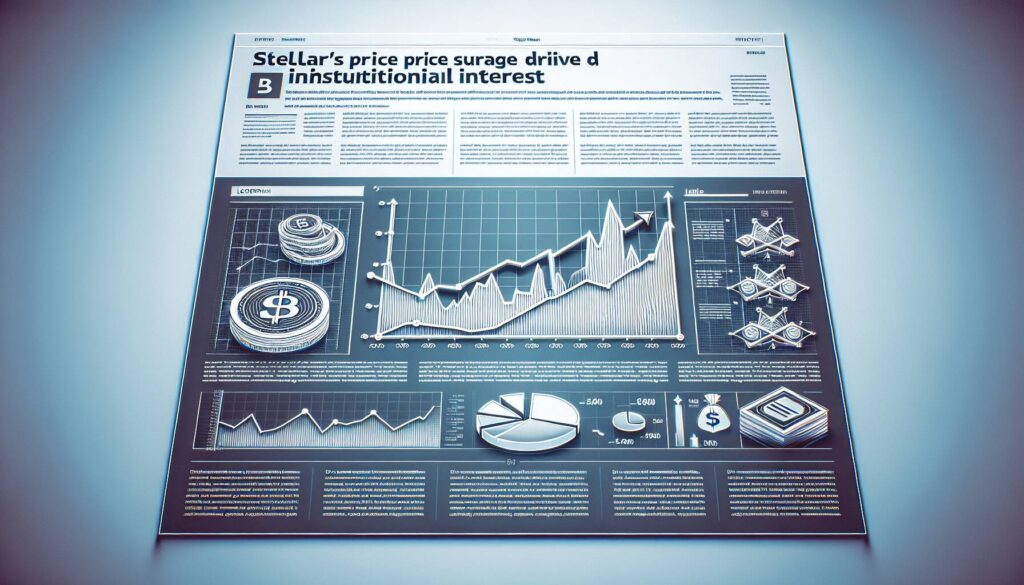Recent findings from State Street reveal a significant shift in the cryptocurrency landscape as institutional investors move beyond experimentation into substantial adoption of digital assets. According to the bank’s 2025 Digital Assets Outlook released on Thursday, more than half of the organizations surveyed anticipate that their exposure to digital assets will double within the next three years. This trend reflects a growing confidence in blockchain-based investment tools.
The survey, which encompassed insights from senior executives in asset management and ownership firms, highlighted tokenization as a key entry point. Tokenization involves converting traditional assets like stocks and bonds into digital tokens that can be traded on blockchains. By the year 2030, many respondents predict that between 10% and 24% of their total investment portfolios will consist of tokenized assets, which may enable smoother trading and valuation of previously illiquid investments.
Drivers of this transformation include heightened transparency and operational efficiency. Over half of the participants noted that enhanced visibility into asset data is a major benefit, while others emphasized advantages like expedited trading processes and lowered compliance expenses. Notably, almost half of the respondents expect to achieve savings of at least 40% through the implementation of digital asset infrastructures.
The research also indicates a convergence of emerging technologies, with many participants recognizing generative AI and quantum computing as potential catalysts for further optimizing investment operations. State Street, which manages an impressive $49 trillion in assets under custody, reported that 40% of institutions have already established dedicated digital asset units. Donna Milrod, the company’s chief product officer, emphasized that clients are not just making technical adjustments but are also strategically realigning their operating models to incorporate digital assets.

Institutional Investors and Digital Assets Adoption
Key points from the recent research on digital assets and institutional investors:
- Large-scale Adoption
- Over half of surveyed institutions plan to double their exposure to digital assets in the next three years.
- Indicates a growing comfort with blockchain-based investment tools.
- Tokenization Trends
- Tokenization of private equity and fixed income is identified as the most likely starting point.
- Expected that by 2030, 10% to 24% of portfolios may be tokenized.
- Tokenization could enhance liquidity and ease of trading traditionally illiquid assets.
- Efficiency and Cost Reductions
- Improved visibility into asset data is a key advantage cited by over half of respondents.
- Expected cost savings of at least 40% from adopting digital asset infrastructure.
- Faster trading processes and reduced compliance costs are notable benefits.
- Emerging Technologies
- Generative AI and quantum computing seen as tools to streamline investment operations.
- Convergence of these technologies may enhance efficiency in asset management.
- Strategic Shift
- 40% of institutions have dedicated digital asset units reflecting a strategic adaptation.
- This transition is not merely technical but involves rethinking operating models.
Institutional Investors Embrace Digital Asset Adoption
The recent findings from State Street reflect a pivotal trend among institutional investors as they transition from experimental approaches to robust engagement with digital assets. Compared to previous reports, this surge in confidence indicates a marked shift in market sentiment, with over half of the surveyed institutions anticipating a doubling of their digital asset exposure by 2025. This forward momentum sets the stage for tokenization to take center stage, particularly in the realms of private equity and fixed income.
Competitive Advantages: The clear edge in this evolving landscape includes enhanced transparency and operational efficiency. Institutions are increasingly recognizing blockchain’s ability to provide real-time visibility into asset data, significantly improving decision-making processes. Additionally, the expectation of substantial cost savings—potentially as high as 40%—positions digital assets as a financially attractive alternative to traditional models. Moreover, the integration of generative AI and quantum computing is seen as a transformative force, further streamlining investment operations and positioning forward-thinking firms for a competitive advantage.
Potential Challenges: However, not all players are equally prepared for this transition. Firms that fail to adapt may face operational setbacks and could risk falling behind in a rapidly evolving market. The capital-intensive nature of adopting new technologies might also deter smaller institutions, leading to a possible divide between larger firms with substantial resources and their smaller counterparts. Furthermore, regulatory uncertainties surrounding digital assets may pose significant barriers that could hinder widespread adoption.
This evolution is set to benefit not only institutional investors looking to modernize their portfolios but also technology providers specializing in blockchain solutions. Conversely, firms unable to keep pace with these advancements may encounter significant obstacles, from losing out on potential revenue streams to facing operational inefficiencies. As the shift towards a tokenized future unfolds, all stakeholders will need to navigate the complexities of integration and compliance in this new digital landscape.

















